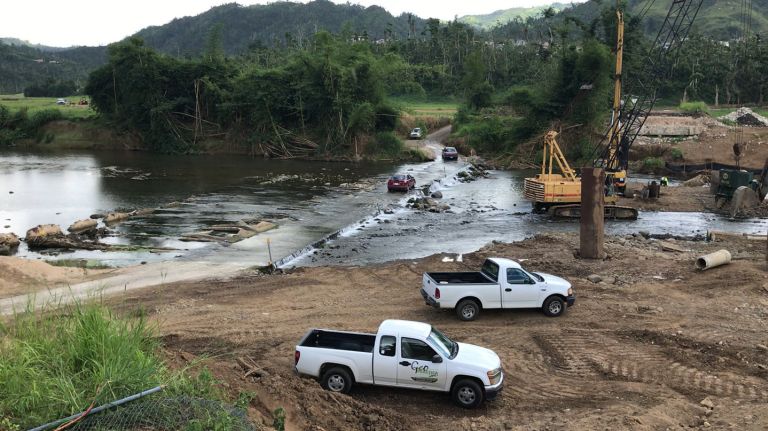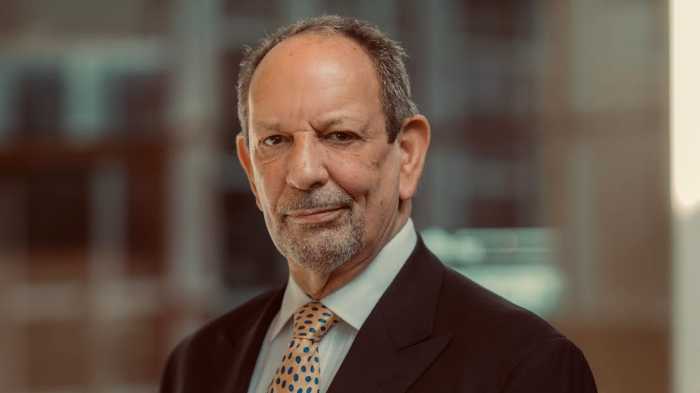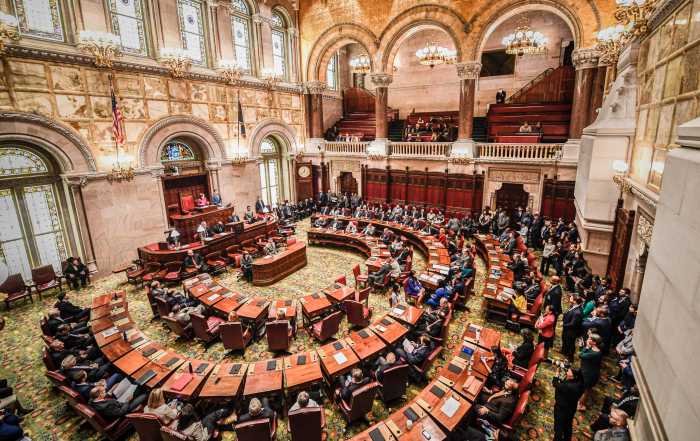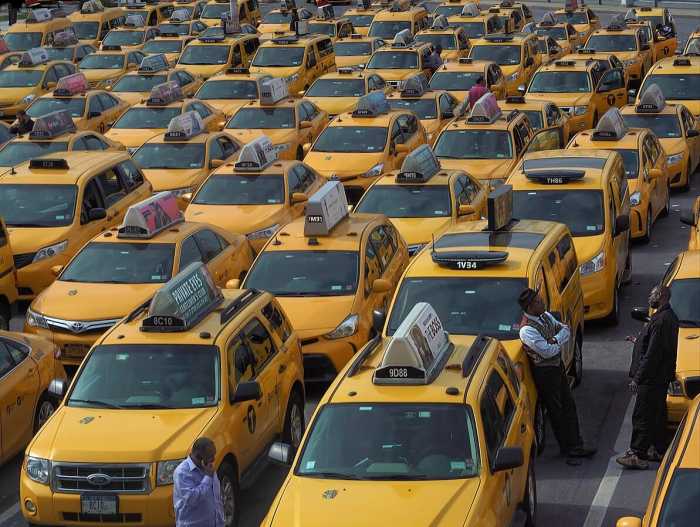
Hurricane Maria made landfall on Puerto Rico six months ago this Tuesday. The storm and destruction didn’t miss much. Restoring electricity has been a months-long process, still not fully completed. Businesses are still struggling to open, and the greenery is returning much faster than a semblance of normality. Small wonder so many left the island for the mainland United States.
As the crowds exited stateside airports, politicians and relief workers and policy makers wondered: How many of the disaster victims would stay on the mainland?
A March report by Hunter’s Center for Puerto Rican Studies used school registration data, which indicates more permanency, to estimate that more than 135,000 people immigrated to the mainland nearly six months after the storm. Only 8 percent, or 11,217 people, came to the State of New York, according to this estimate.
That may seem surprisingly low when you consider the depth of New York and particularly NYC’s connection to the Carribean island. The city has historically been the heart of the Puerto Rican diaspora, anchored in the major post-World War II migration that shaped neighborhoods and politics across NYC. Nuyorican is as New York a term as “express arriving across the platform,” and more than a million people take to the streets for our Puerto Rican Day parade.
But more recent migrants from Puerto Rico, driven by a faltering economy and debt crisis, tend to set their sights elsewhere, for places like Florida. The post-Maria exodus follows that pattern (42 percent to the Sunshine State, according to the report).
Why avoid New York? Puerto Rican residents will tell you, only half in jest, that the weather’s too cold in the five boroughs. Spend some time in the island’s warmth and it seems less like a joke.
More pressingly: “The city is very expensive,” says Edwin Meléndez, one of the authors of the Hunter report.
Savings and earnings from new jobs go a lot farther in southern areas, where housing is cheaper. That’s also true even in different parts of New York, and Puerto Rican migration patterns may be following suit. Rochester and Buffalo schools saw more new Puerto Rican students as of the end of January (547 and 455, respectively) than NYC (411), according to the Hunter center.
Puerto Rico and New York, then, are so intertwined that residents struggle with the same challenge: rents are just too high.
New York’s response to the disaster in Puerto Rico was robust. Hundreds of New York power workers cycled through San Juan leading the way on power restoration — many are still there. City emergency workers sent expertise and supplies, and just last week first lady Chirlane McCray made a trip with a team of experts to help with mental health issues.
But back in the city, the response has been more muted, particularly compared to what Florida did to deal with a much bigger flow, declaring a state of emergency and hiring teachers. The city Department of Education has offered pre-existing services like translation for families and waived some documentation, but a spokeswoman would not say whether new financial commitments were made.
Early on, Mayor Bill de Blasio warned hurricane victims without roots here about New York’s lack of available housing. A well-intentioned temporary service center set up in El Barrio could do little with what most Puerto Rican travelers wanted: a place to live. Some hurricane victims have cobbled together what they can from various sources: 219 families are receiving FEMA Transitional Sheltering Assistance that funds hotel stays in all of New York State, for example. That program is temporary and has been extended through May.
Six months after the storm, the crisis in Puerto Rico is not over. Power can still be intermittent, and close to 10 percent of customers are still powerless. Meanwhile, hurricane season isn’t far away.
More migrants will surely make it to the mainland, fed up with the slow pace of recovery and a difficult economic situation. They may come to New York like their forebears, trying their luck in another difficult environment. More likely, they’ll go somewhere else.







































